What is Chives Herb & Its Addictive Scents
Chives, the fragrant grass-like leaves, are related to garlic, onions, shallots and leeks, but their subtlety is unique. It’s one of those herbs that works well in all kinds of cuisines.
Chives are special for other reasons — they’re native to both the Old and New worlds. You’ll find them growing in Europe, Asia and North America. They’re a worldwide phenomenon!
The green chives are instantly recognizable, and luckily easy to find. They’re easy to use, too, both for its ornamental properties and addictive scents. Here’s all you need to know about what is chives Herb.
What are Chives?
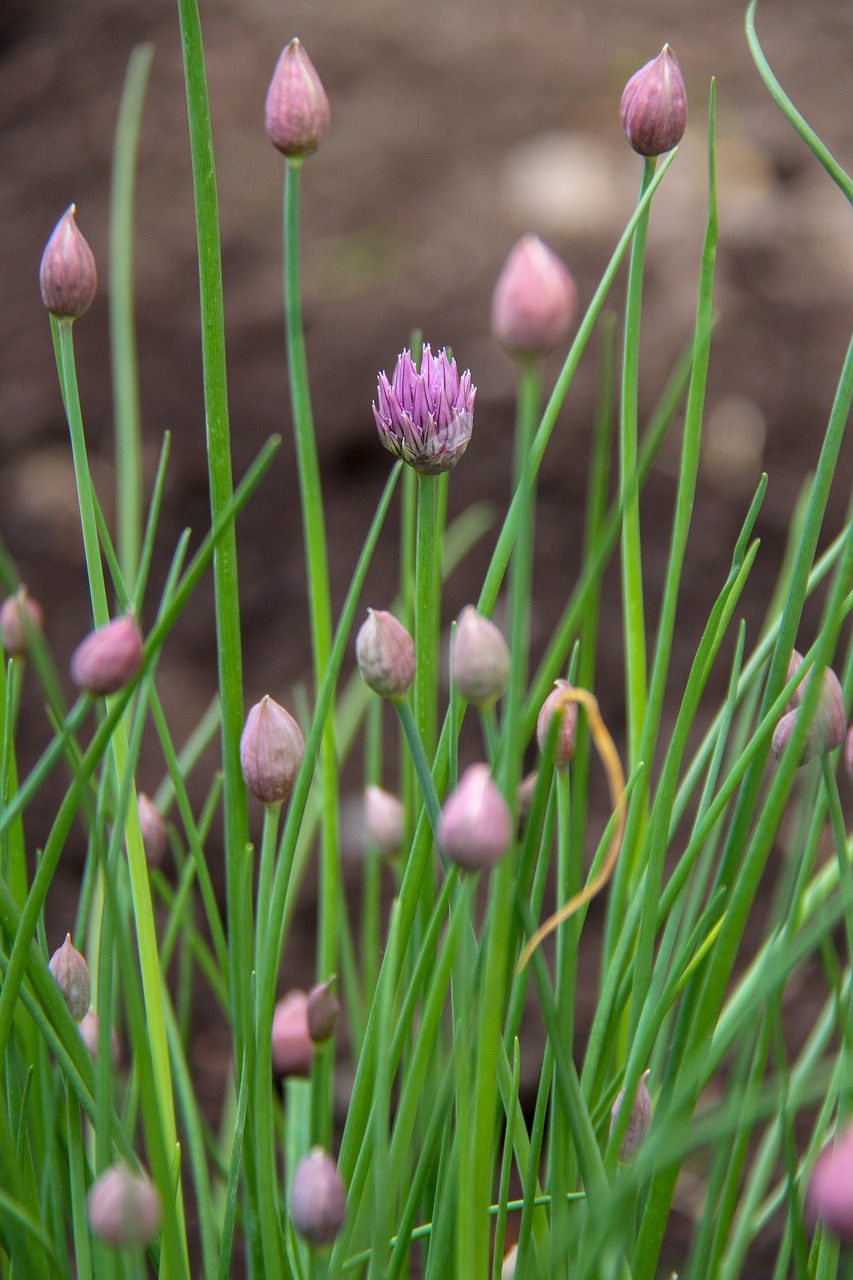
Chives, Allium schoenoprasum, the thin, bright-green stems reminiscent of garlic and onion are among the most amusing ingredients you can add to your cooking repertoire. This herbaceous perennial plant grows thin to 30–50 cm (12–20 in) tall, and the slender stems might be hollow, but they’re packed with delicious aromas and flavors.
The herb is loved for its onion-like flavors, and they have a tender, delicate texture. Available all year round, you’ll find the freshest chives in spring, when you can even find them with their delicate flowers still attached. The next time you visit your farmers market, get some chives; you won’t regret it.
The Chives Market
What is chives herb? Well, it’s one of the most widely used herbs as a food garnish. They’re just pretty like that, but they add more than good looks to all sorts of preparations; they add enticing flavor and aroma as well.
China is the leading chive producer in the world with an export value of almost 90 million. Interestingly, even though China, Japan and other Asian countries are large consumers, the herb is cherished madly in the Netherlands, Belgium, Spain, France and Germany. Chives are so effortless to use that it’s easy to see why the herb is so popular.
Chives Nutritional Value

Chives are not only super tasty, but they’re also quite nutritious. One hundred grams of chopped chives or about 3.5 ounces, add 4.35g carbs to your diet, 1.85g of sugar, 0.5g of dietary fiber, around 1g of healthy fat and 3g of protein.
In the vitamin department is where chives shine the most. They’ll add 27% of the vitamin A you need for the day and an astonishing 203% of vitamin K. Chives also have adequate amounts of vitamin B and C.
To further complement your nutritional needs, a fistful of chives will add iron, magnesium, manganese, calcium, phosphorus, potassium and zinc to your diet. That’s a lot of nutrients, literally from A to Z.
Chives Health Benefits
There’s exciting news for our health-conscious readers.
As part of the Allium family, chives are linked to reduced cancer risk, including breast and gastrointestinal cancers.
Chives contain a compound called carotenoids, which are fantastic for eye health. Eating them regularly can improve your eyesight. Carotenoids are also the key to have radiant skin!
Allicin in chives is a potent anti-inflammatory, which can aid against hypertension, joint pain, and even heart disease.
Chives aid digestion. They have antibacterial properties and can promote healthy gut bacteria.
The exorbitant amounts of vitamin K in chives play a role in bone metabolism, blood clotting, and regulating blood calcium levels. Other super foods like kale are high in vitamin K as well.
How to Cook With Chives
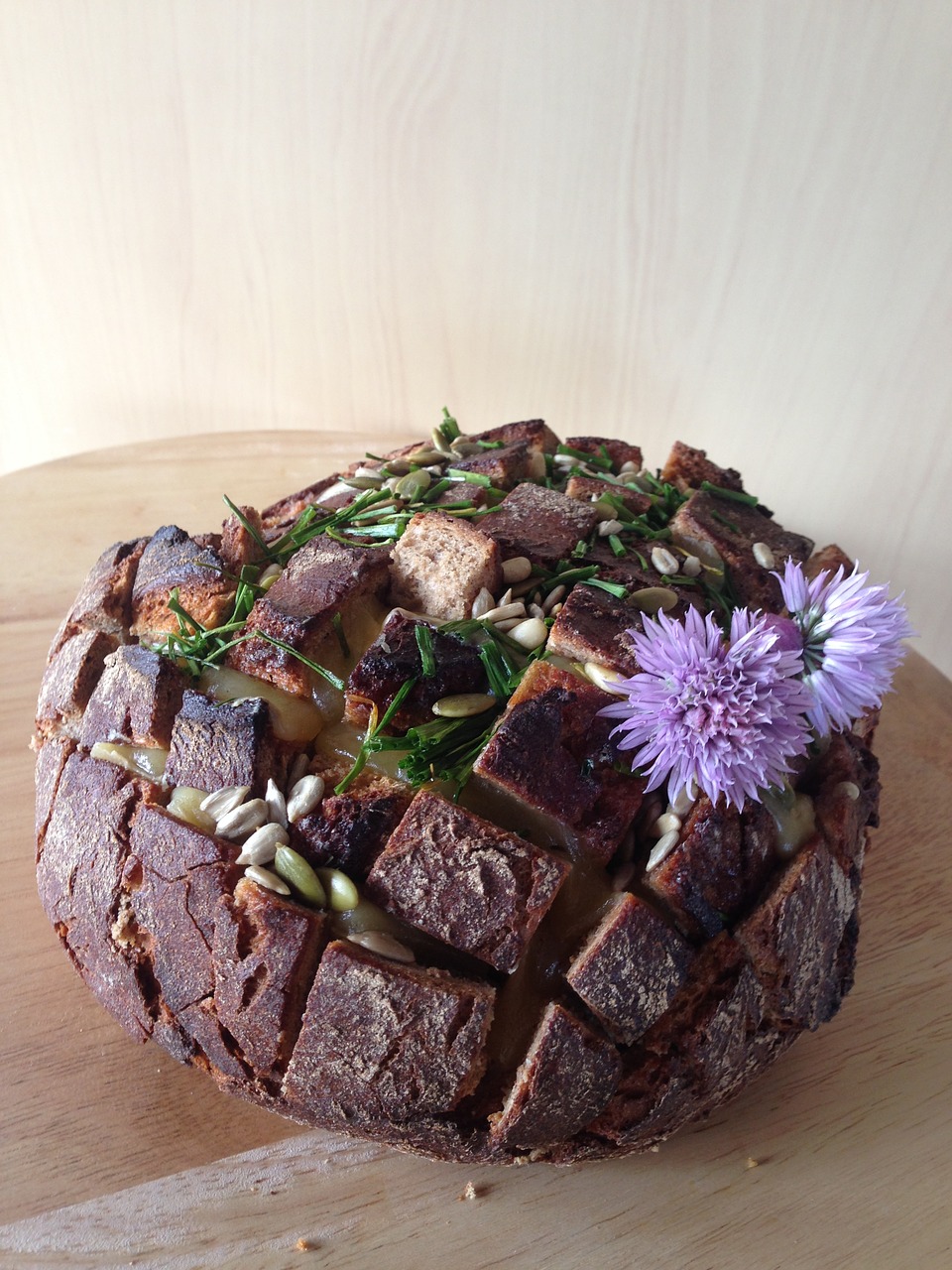
Chives are often used raw as a garnish, finely chopped and sprinkled over food. But they can also be added to stews and broths, stir-fries and any other concoction that could benefit from a little garlicky flavor.
Chives recipes abound. You’ll find them at the breakfast table in omelets and as crucial elements in lunch salads. Try sprinkling them over mashed potatoes or over roasted chicken to get the most of the herb during dinner.
Keep in mind that there are more than one type of chives. The real chives or onion chives are hollow, while the Chinese chives, also called garlic chives, are more pungent and have flat leaves.
Chives Why Not Use Them Daily?
Along with tarragon, chervil and parsley. Chives are considered a fine herb, and no other condiment can compete with its savory aromatics.
It’s time to start decorating your dishes with chives. The oldest trick in the book at fine restaurants can be an ace up your sleeve in your home cooking.
Pretty, inexpensive, versatile and always available. What more can you ask from a herb? We have compiled a curated herbs shopping list.
Highly Rated – Social Media Chatter on Chives Herb
🎃 ROASTED DELICATA SQUASH WEDGES WITH CHIVE, PISTACHIO AND RICOTTA PESTO RECIPE 🍂
January is finally behind us and celebrating the start of a less dreary month with dish so buttery it melts in your mouth! Lots of flavour, low maintenance cooking, seasonal and packs a few of ya five a day. Would be delicious as a side or a warm salad main with toasted sourdough to mop up all that delicious sauce.
You will need for 2:
-1/2 a delicata squash, reseeded and chopped into 8 wedges
- fino_oliveoil
- Tsp dried thyme
- Pinch of chilli flakes
- Pesto: 20g chives, 25g olive oil, 50g ricotta, 50g pistachio kernels, 10g Parmesan, juice of 1 🍋, 1 crushed 🧄 clove and seasoning
- Crushed toasted hazelnuts and finely chopped chives to garnish
👩🏻🍳 METHOD 👩🏻🍳
1. Preheat oven to 200 degrees fan and line baking tray with greaseproof paper.
2. Lay squash wedges out on the tray, add the chilli flakes and thyme, generously drizzle fino_oliveoil and season. Mix together with your hands and place in the oven for 30-40 minutes till crispy round the edges and soft in the middle.
3. Place the pesto ingredients in a food processor and whizz till smooth.
4. Spoon the pesto over a serving place. Top with the squash wedges. Sprinkle with the crushed hazelnut and chives. One last drizzle of olive oil and serve 😋
🧡💚🤎🧡💚🤎🧡💚🤎🧡💚🤎🧡💚🤎🧡💚🤎
#georgiahearn #recipesforentertaining #wintersalad #easyrecipes #squash #chives #ricotta #salads #foodie #hosting #entertainingtips #chef #cook #herbs #yum #ricotta #vegetarian #eatmoreplants #roastedsquash
うどん食べた後、まだお腹に余裕があったので三幸園さんでニラそばと半チャーハン☆餃子の店だけど一人前の餃子よりニラが多い♬半チャンとの組み合わせは最高で。
#三幸園 #ニラそば #にらそば #半チャーハン #町中華 #町中華探検隊 #町中華に行こう #はしご #老舗中華 #大衆中華 #老舗の味 #名店 #深夜営業 #旨い #Chives #Soba #부추 #炒飯 #神保町グルメ #火傷注意 #餃子の店三幸園 #ニラたっぷり #韮 #半チャン #볶음밥 #Friedrice #熱々スープ #百名店 #Noodles
#yummy
Chive talkin’🌸 This long-lived, hardy perennial is garden favorite of mine. Those of you who’ve been with me for a while, may have heard me mention my love of Chive blossom vinegar once, twice, three dozen times. While Chives may not be an herbalist’s dream in terms of medicinal benefits, they offer so much culinary kick, it’s a garden must-have.
Chives are a cut-and-come-again herb…the more you use, the more it will produce fresh greens. If kept clipped, it’ll provide constant greens (though no blossoms). If not, stems can become woody over time, and once allowed to flower, the herb will focus on setting seed rather than developing new growth. I cut back all my plants by 2/3rds after the last flower has been picked. By doing this, fresh growth will pop up and I’ll get a second big crop of fresh chives perfectly timed for late summer noshing.
A few other harvesting tips:
🌸 Harvest when plant is dry, wet chives can get a bit slimy
🌸 Always harvest at ground level, snipping stem back to 2” above the ground
🌸 Stop harvesting a month before first frost to allow existing foliage to harden off for winter
Have you brewed up a batch of chive blossom vinegar yet? I’ll be making up a few batches this week. Can’t wait to be hypnotized by its captivating hue😍💚
#chives #herbgardening #gardentoplate #gardeningtips #gardenadvice #edibleflowers #natureandnourish #sowingasimplelife #cottagegarden #gardeninspiration
Sources:
- https://www.medicalnewstoday.com/articles/275009
- https://en.wikipedia.org/wiki/Chives
- www.escoffieronline.com/the-difference-between-chives-scallions-and-green-onions/
- https://www.thespruceeats.com/what-are-chives-995617
- https://www.tridge.com/products/garlic-chive/import

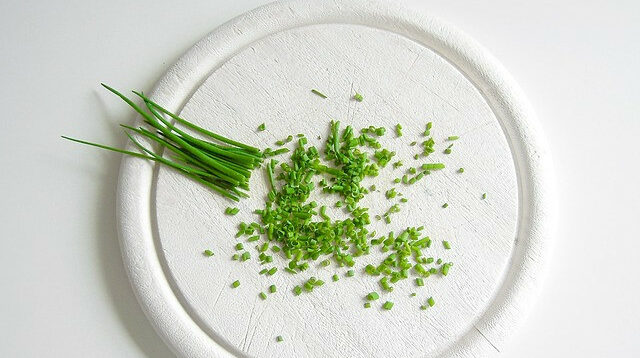


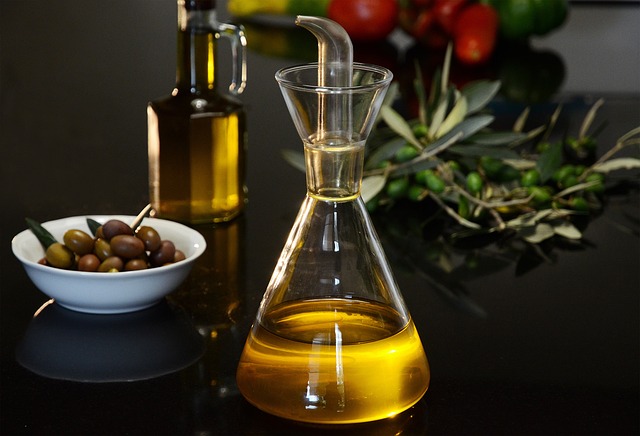
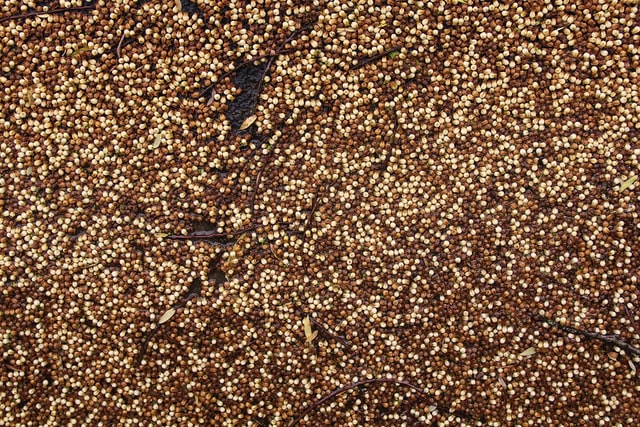
I do like Chives but don’t use them that often though clearly I should be. I had no idea they had so many wonderful properties and are so good for you.
As I grow them in the garden so I will make more of an effort to use Chives regularly now after reading this.
Thank you for a very interesting and informative post, I enjoyed learning more about this tasty herb and it has inspired me to make more use of it in my cooking.
Thanks Linda
Wow. What an interesting read of an article. I can certainly say that I have learned more just from reading this and I have something to talk about at parties hehe. I’m an absolute nutrition nerd and it;s articles like these that really give me insight in what I love to learn about. I’ve heard somewhere that chives herb can be used for wounds. Is that real? or just bs?
thank you Misael
What an awesome little post. Really enjoyed reading this. I wasn’t aware that chives have so many medical or health benefits. It’s actually something that I really like to have as a fresh garnish. Now knowing that there are some pretty neat health benefits to it as well. I will probably enjoy it on a more regular basis.
Thank you
Rob
Thanks Rob